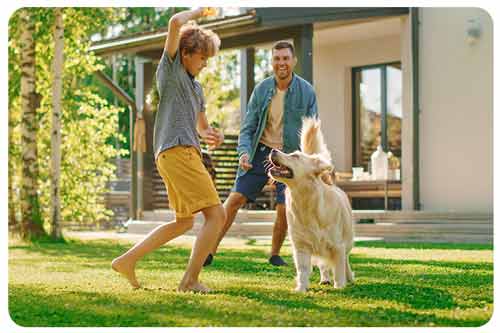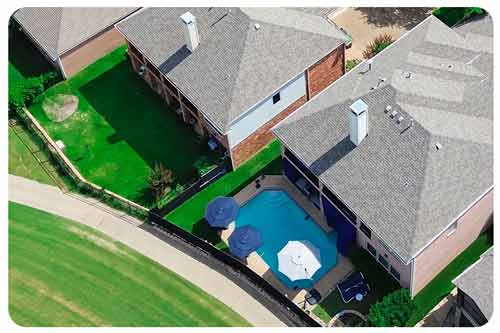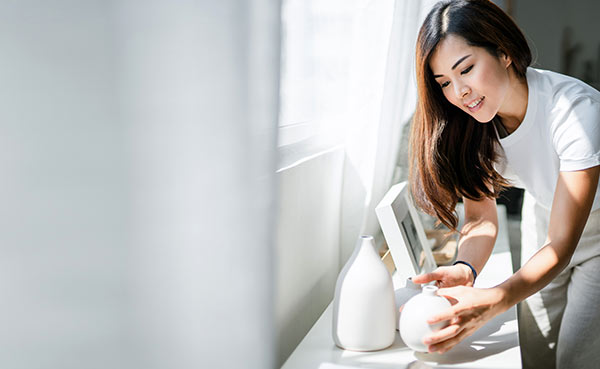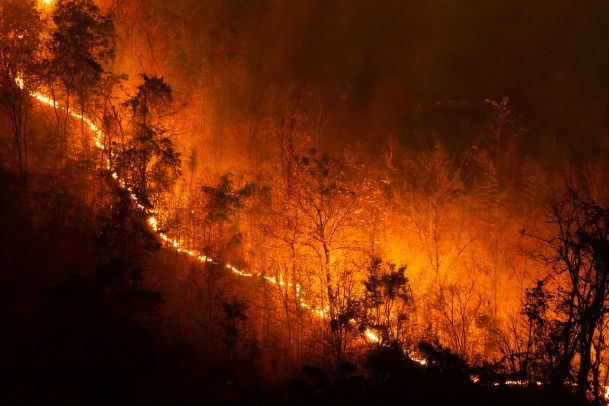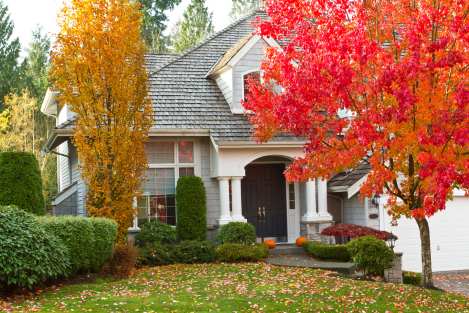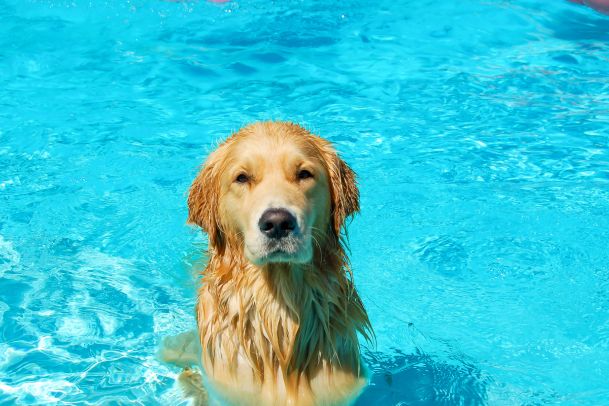What is voluntary property damage?
Voluntary property damage (VPD) payments cover when you accidentally damage another person's property or belongings. This coverage, referred to as Coverage G in your homeowner's plan, applies to you and other members of your household. It also includes intentional damage caused by children 12 or under. The policy will pay for repairs or replacement and helps reduce the odds of third parties taking legal action against you for the loss or damage.
How does Voluntary property damage coverage work?
![a family playing with their dog in the backyard]()
As the name suggests, voluntary property damage comes into effect when you offer to pay for property damages caused by someone in your household. It will cover the cost of repairing or replacing damaged property of equal quality up to your policy limit. The coverage is typically included in most homeowners' policies. So you don’t need to request that your insurer add it. You don’t need to admit fault or be legally liable to use the coverage. There is no deductible, and you won't have to pay out of pocket.
Insurance coverage can vary, so speak to your insurer to clarify if you have VPD in your policy.
What does voluntary property damage cover?
There are three main situations where voluntary property damage coverage will come into effect:
- Unintentional damage caused by household residents 13 and only.
- Intentional damage by children under 12 years old.
- Damage to property you borrow from another person.
In these situations, your insurer will cover the cost of repair or replacement. They will factor in depreciation when assessing payouts.
Examples of voluntary property damage insurance
Here are three scenarios where voluntary property damage payments coverage can help:
- Example #1:You are helping a friend move furniture around at their house. You trip and accidentally knock over an expensive lamp.
- Example #2: Your kids intentionally cause damage. Your kids are playing at a friend's house. They are goofing around and jumping into the wall, causing a huge hole in the drywall.
- Example #3: You borrow a neighbour's lawnmower and accidentally damage it Your lawnmower isn't working, so you borrow your neighbours to cut the lawn. However, you accidentally flood the engine, damaging it in the process.


